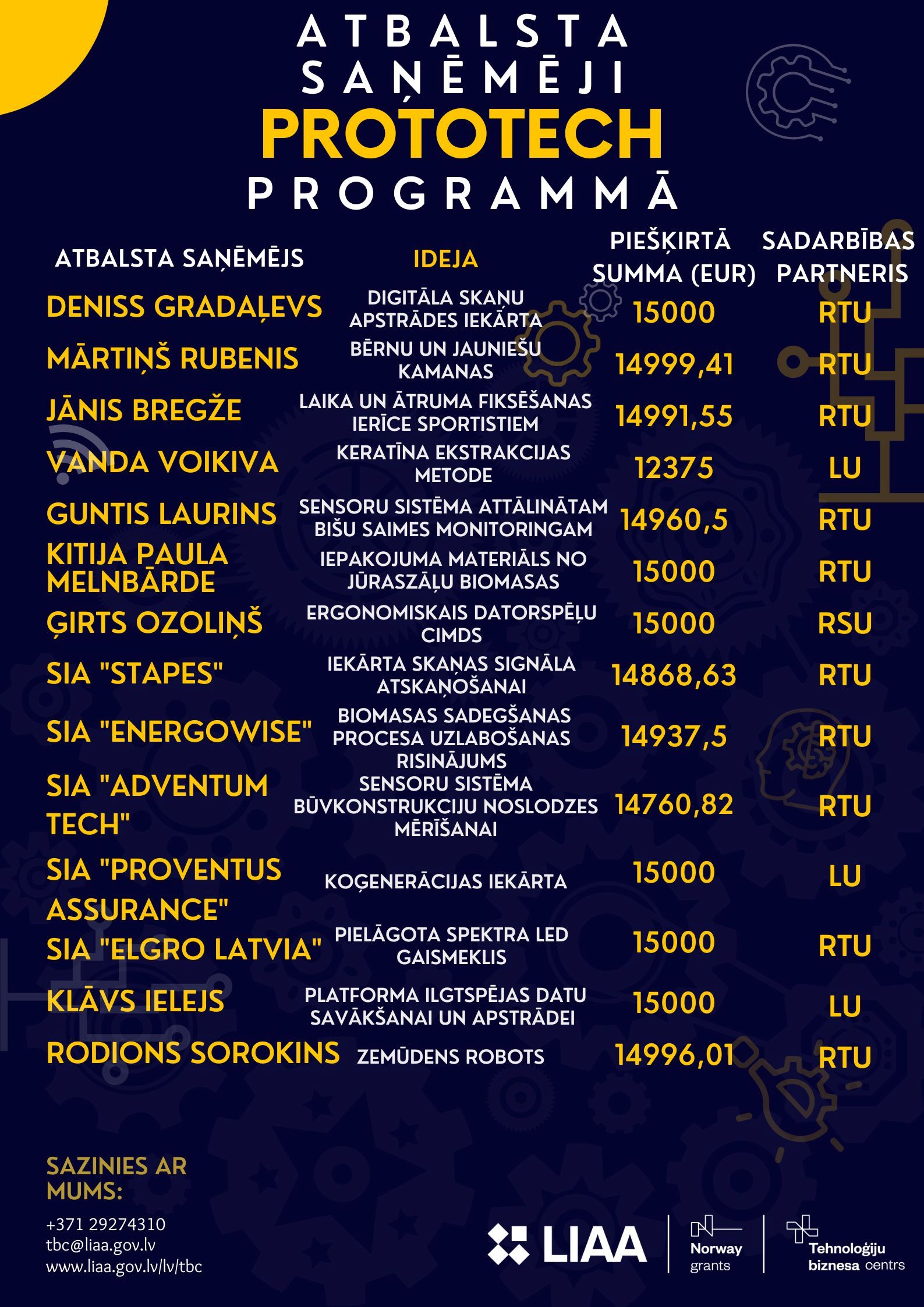As vertical farming becomes more and more popular, new solutions are being sought to increase crop productivity. Riga Technical University (RTU) researchers have developed a prototype for an energy-efficient DC LED luminaire that will help reduce energy losses and increase crop quality.
Since the end of the 20th century, the idea of vertical cultivation has been developed, which opens up the possibility of growing plants, especially high-quality plants, in container-type greenhouses. Such narrow conditions require adjustable LED luminaires to replace natural sunlight and its cycles. At present, greenhouses mostly use HPS sodium lamps, which emit a broad spectrum not used by plants, have high heat losses, contain mercury and have twice the lifetime of LED lamps. LED lamps are also gradually being introduced, each with an AC/DC converter. «But each converter means energy loss, and if you need lots of small converters, the losses are high,» says one of the project's implementers, Pēteris Apse-Apsītis, Professor at the Institute of Industrial Electronics and Electrical Engineering (IEEI), Faculty of Computer Science, Information Technology and Energy, RTU.
That is why the prototype's customer «Elgro Latvia» Ltd, participating in the Latvian Investment and Development Agency's Technology Business Centre prototyping programme «PROTOTECH», entrusted RTU team to develop an adjustable LED luminaire with a single control and power supply unit to be mounted under the growing area (e.g., shelf), which was successfully implemented. The power and control unit is to be located outside the greenhouse, so that the electronic components will not be affected by humidity and temperature in the greenhouse, thus increasing the lifetime of the electronic components. In addition, the luminaire is connected to temperature and humidity sensors and its intensity can be adjusted to find the right spectrum for each plant. «As we know, dill requires one spectrum, while carrot and beetroot require another,» says P.Apse-Apsītis, adding that the system also makes it possible to detect consumption, damage, if any, and to change the operating mode depending on the conditions. Adjusting the light intensity and spectrum will increase the quality of the harvest and reduce the time for plant development, as well as reducing energy losses by at least 20%.
Mārtiņš Marcinkēvičs, research assistant at IEEI, also contributed to the design of the luminaire. «From a development point of view - from the biological side - the most difficult thing was to get the spectrum, the uniformity; there is room for improvement,» he admits. From an engineering point of view, the most difficult part was the electrical connection - how best to connect it so as not to lose light quality, so as not to lose voltages and to make the system safe for humans. P.Apse-Apsītis adds that such a system can be used not only in vertical farming, but also in traditional greenhouses, and that indoor lighting can also be adapted with such a luminaire, solving the problem of the daylight spectrum. Co-developer Viesturs Veckalns, IEEI Principal Investigator, reveals that work has also started on the possibility of using such a system on space stations where there is no sun. «Astronauts are sent on long missions, for example the European Space Agency is now planning to go to the moon, and people have to eat there too,» he smiles.
«PROTOTECH» is a prototyping programme created by the Technology Business Centre of the Investment and Development Agency of Latvia, which provides support to individuals and legal entities in the design and development of prototypes of science-intensive technology products or services in cooperation with leading Latvian universities - RTU, University of Latvia and Riga Stradins University. The project is implemented under the Norwegian Financial Mechanism 2014-2021 Programme «Entrepreneurship Development, Innovation and Small and Medium-sized Enterprises». A grant of EUR 15 000 has been received for the development of this prototype. The project has been funded with a grant of EUR 15 million.

